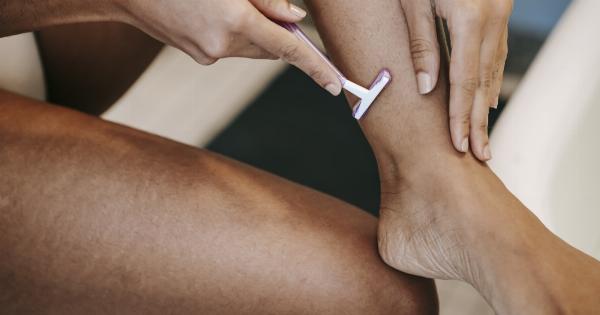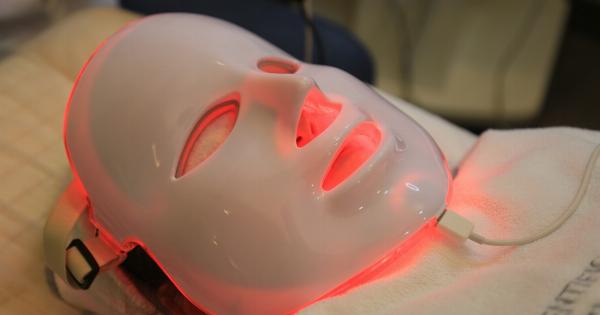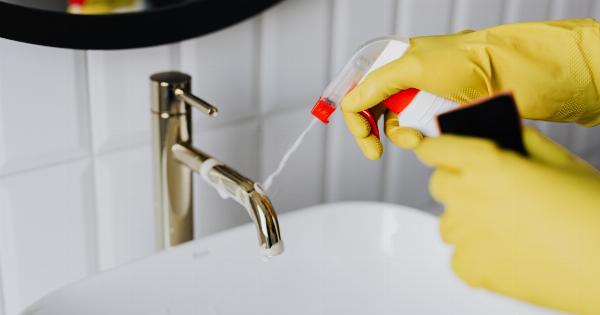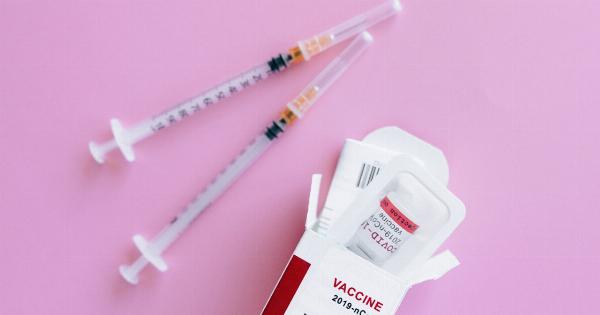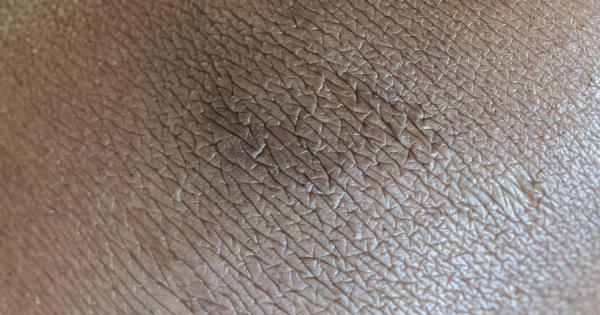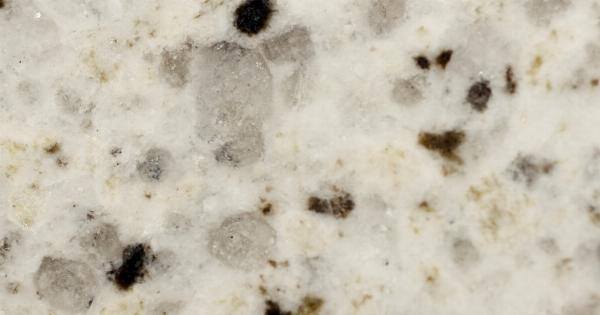Exfoliation is a crucial step in any skincare routine as it helps to remove dead skin cells, unclog pores, and promote a healthy complexion. By sloughing away the outermost layer of dull, lifeless skin, exfoliation reveals fresh, radiant skin beneath.
However, with numerous face exfoliation techniques available, finding the most effective one for your skin type and concerns can be overwhelming. In this article, we will explore ten effective face exfoliation techniques that can help you achieve a revitalized and rejuvenated complexion.
1. Physical Exfoliation
Physical exfoliation involves using granular substances or tools to physically scrub away dead skin cells. This technique usually utilizes facial scrubs, brushes, or exfoliating mitts.
To perform physical exfoliation, gently massage the exfoliant onto damp skin in circular motions, focusing on areas prone to congestion, such as the T-zone. However, it is crucial to avoid excessive scrubbing as it can cause irritation or damage to your skin.
2. Chemical Exfoliation
Chemical exfoliation involves the use of alpha hydroxy acids (AHAs), beta hydroxy acids (BHAs), or enzymes to dissolve dead skin cells. AHAs, like glycolic acid and lactic acid, work on the skin’s surface, providing gentle exfoliation.
BHAs, such as salicylic acid, penetrate deeper into the pores, making them especially effective for oily or acne-prone skin. Enzymes, such as papain (from papaya) or bromelain (from pineapple), naturally break down the bonds between dead skin cells. Chemical exfoliation is less abrasive than physical exfoliation and is suitable for most skin types.
3. Manual Exfoliation
Manual exfoliation involves using handheld tools or devices to manually remove dead skin cells. This technique often employs facial brushes, cleansing devices, or exfoliating gloves.
Gently move the tool across your skin in circular motions to remove impurities and reveal a smoother complexion. Manual exfoliation can be customized according to your skin’s sensitivity and needs.
4. Microdermabrasion
Microdermabrasion is a professional exfoliation technique that uses a controlled stream of fine crystals or a diamond-tipped wand to remove dead skin cells. This procedure deeply exfoliates the skin and stimulates collagen production.
It is particularly beneficial for diminishing the appearance of fine lines, hyperpigmentation, and acne scars. Microdermabrasion can only be performed by a trained esthetician or dermatologist.
5. Dermaplaning
Dermaplaning involves using a sterile surgical scalpel to gently scrape away dead skin cells and peach fuzz. This exfoliation technique leaves the skin looking smooth, bright, and hair-free.
Dermaplaning also enhances the penetration and absorption of skincare products, allowing them to work more effectively. It is recommended to have dermaplaning done by a licensed esthetician.
6. Enzyme Masks
Enzyme masks contain exfoliating ingredients, such as fruit enzymes, that help to break down dead skin cells. These masks are applied to the face and left on for a specific duration before being rinsed off.
Enzyme masks provide gentle exfoliation and can leave the skin feeling soft and refreshed.
7. Chemical Peels
Chemical peels are professional treatments that involve the application of a chemical solution to exfoliate the skin. This powerful exfoliation technique can address various skin concerns, including uneven skin tone, acne, and fine lines.
Chemical peels provide deep exfoliation, revealing healthier skin underneath. It is important to consult with a skincare professional before undergoing a chemical peel to determine the most suitable strength and type for your skin.
8. Exfoliating Toners
Exfoliating toners, also known as chemical toners or toning solutions, contain exfoliating ingredients that help to remove dead skin cells and promote cell turnover. These toners often include AHAs or BHAs and are applied after cleansing.
They can help refine the skin’s texture and minimize the appearance of pores. It is essential to patch test and gradually introduce exfoliating toners into your skincare routine to avoid irritation or over-exfoliation.
9. Natural Exfoliants
For those who prefer a more natural approach, various ingredients found in the kitchen can serve as gentle exfoliants. These include finely ground oats, baking soda mixed with water, sugar scrubs, or coffee grounds.
When using natural exfoliants, it is important to be cautious and choose ingredients suitable for your skin type. Remember to be gentle and avoid excessive scrubbing.
10. Combination Exfoliation
Combination exfoliation involves utilizing multiple exfoliation techniques to achieve optimal results.
This approach combines the benefits of physical, chemical, and manual exfoliation to effectively remove dead skin cells, unclog pores, and promote a brighter complexion. However, it is crucial to listen to your skin and avoid over-exfoliating, which can lead to sensitivity or inflammation.






